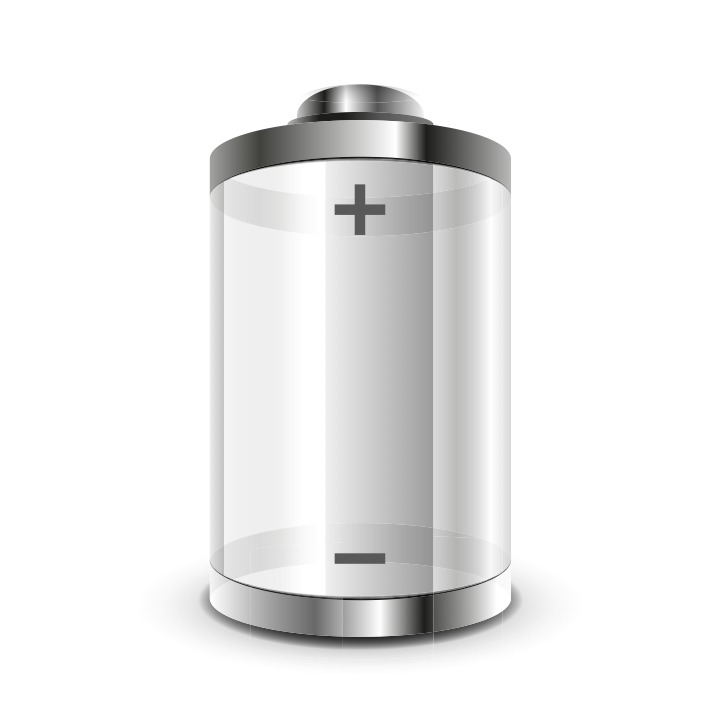 First of five parts
First of five parts
Radio manufacturers usually provide basic batteries and chargers, which do a fine job as long as the radios don't get a lot of use.
Active users of
two-way radios, however, soon find they need more charging capacity and more versatile, longer-lasting batteries. Fortunately, radio manufacturers and several aftermarket companies offer plenty of ways to
turbocharge your power capacity.
Chargers
A single charger can restore the battery of a single radio, but people with a radio fleet often buy a multi-charger, which allows several radios to be recharged simultaneously. Key considerations with chargers:
- What’s the recharge rate? Make sure you know how long it takes to fully recharge a battery. A “rapid” recharger obviously works more quickly than other models.
- Can the battery remain attached to the radio while recharging? Some rechargers allow you to keep the radio mounted in the charger with the battery still attached. Others require you to remove the battery.
- Can the battery be left in the charger after it’s fully charged? Some chargers will damage a battery if it’s left in the charger slot after it’s fully charged, while others have a circuit that turns charging off when the battery has a full charge.
- What kind of batteries can it charge? Ideally you want a charger that works with the three main battery chemistries: NiCd (nickel-cadmium), NiMH (nickel metal hydride) and Li-Ion (lithium ion).
- Do want a manufacturer or aftermarket model? Top manufacturers like Motorola Solutions, Icom America and Vertex Standard offer accessories optimized for their radios. But aftermarket companies exist to plug gaps in the manufacturer’s line, so they can sometimes be a better option for people with very specific needs.
Batteries
Accessory batteries allow you to ensure your radios always have available power. Manufacturers often offer a higher-capacity accessory battery that can hold a charge longer. You also need to consider the performance characteristics of each type of battery chemistry:
- NiCD — These are rugged, reliable batteries that work great in two-way radios but they have a couple drawbacks. They have a “memory effect” that narrows your recharging options, and they contain toxic metals that make disposal difficult.
- NiMH — These have more storage capacity than NiCD batteries and contain fewer toxins, making them easier to recycle. However, they also “self-discharge” (lose power when not in use) much more quickly than NiCDs.
- Li-ion — This chemistry is typically used in batteries for laptop computers and smartphones. Li-Ion batteries discharge much more slowly than either the NiCD or NiMH varieties, making them a much more versatile choice. They can be more expensive than the other varieties, however.
About
mAh ratings: These
stats offer an estimate of how long a battery’s power will last. The higher, the better. So a 2,000 mAh battery should hold a charge longer than a 1500 mAh battery (though this can vary depending on the radio, the battery and how the radio is used).
Finding the right batteries and chargers for your specific radio
Each radio needs a specific battery and charger, which can make it difficult to find one that fits your individual radio.
That’s why BearCom developed a convenient web tool to
find the accessories available for a specific radio model. You start with a category of wireless product, then click on the brand and the individual model, and click “Go.” That takes you to a product page for the radio model that includes links to all of its available accessories.
The
reverse lookup operates the other way around: If you know the name of the accessory, it can
show all the radios that are compatible with it.

MOTOROLA, MOTOROLA SOLUTIONS and the Stylized M Logo are trademarks or registered trademarks of Motorola Trademark Holdings, LLC and are used under license. All other trademarks are the property of their respective owners. ©2014 Motorola Solutions, Inc. All rights reserved.
 First of five parts
Radio manufacturers usually provide basic batteries and chargers, which do a fine job as long as the radios don't get a lot of use.
Active users of two-way radios, however, soon find they need more charging capacity and more versatile, longer-lasting batteries. Fortunately, radio manufacturers and several aftermarket companies offer plenty of ways to turbocharge your power capacity.
Chargers
A single charger can restore the battery of a single radio, but people with a radio fleet often buy a multi-charger, which allows several radios to be recharged simultaneously. Key considerations with chargers:
First of five parts
Radio manufacturers usually provide basic batteries and chargers, which do a fine job as long as the radios don't get a lot of use.
Active users of two-way radios, however, soon find they need more charging capacity and more versatile, longer-lasting batteries. Fortunately, radio manufacturers and several aftermarket companies offer plenty of ways to turbocharge your power capacity.
Chargers
A single charger can restore the battery of a single radio, but people with a radio fleet often buy a multi-charger, which allows several radios to be recharged simultaneously. Key considerations with chargers:
 MOTOROLA, MOTOROLA SOLUTIONS and the Stylized M Logo are trademarks or registered trademarks of Motorola Trademark Holdings, LLC and are used under license. All other trademarks are the property of their respective owners. ©2014 Motorola Solutions, Inc. All rights reserved.
MOTOROLA, MOTOROLA SOLUTIONS and the Stylized M Logo are trademarks or registered trademarks of Motorola Trademark Holdings, LLC and are used under license. All other trademarks are the property of their respective owners. ©2014 Motorola Solutions, Inc. All rights reserved.




